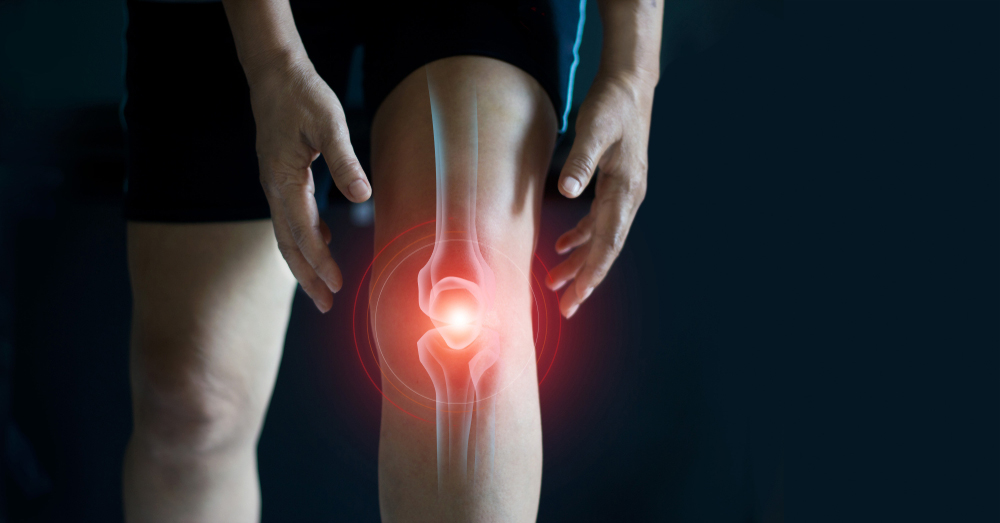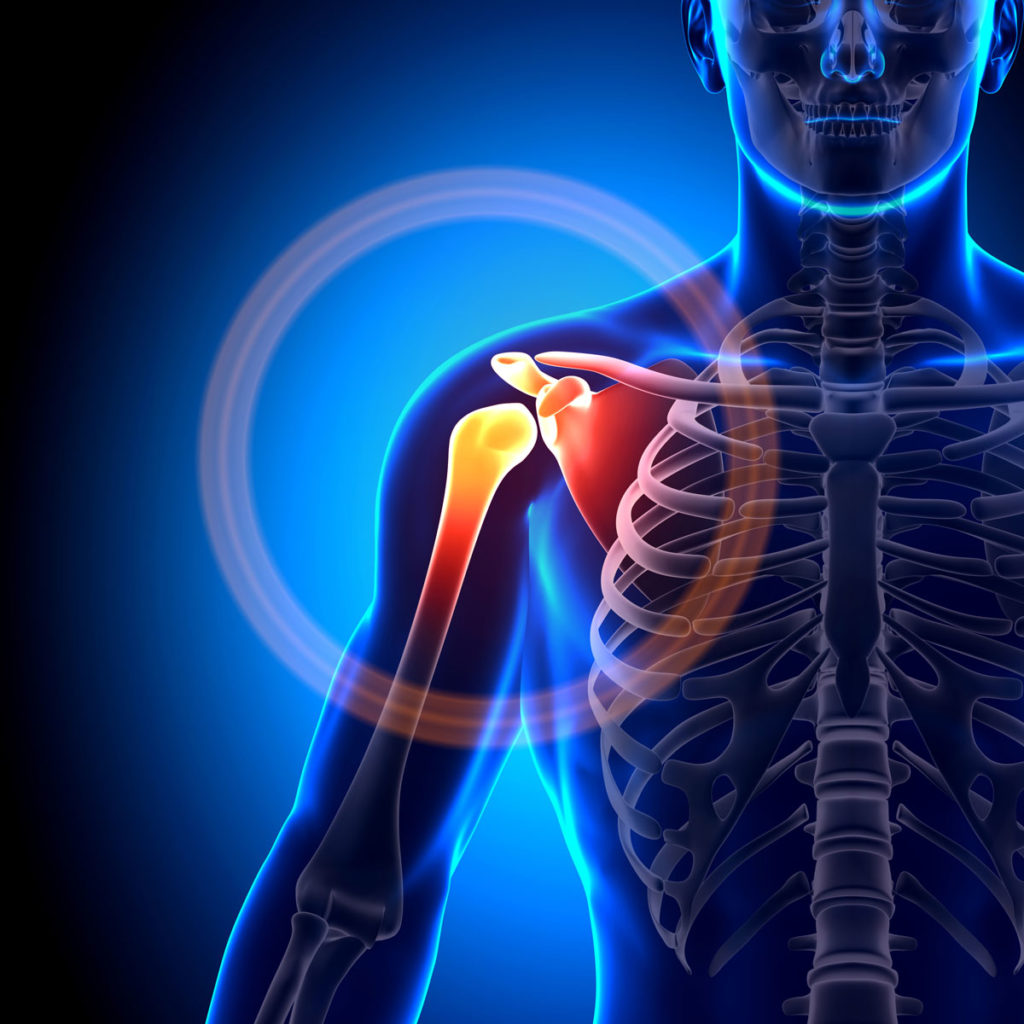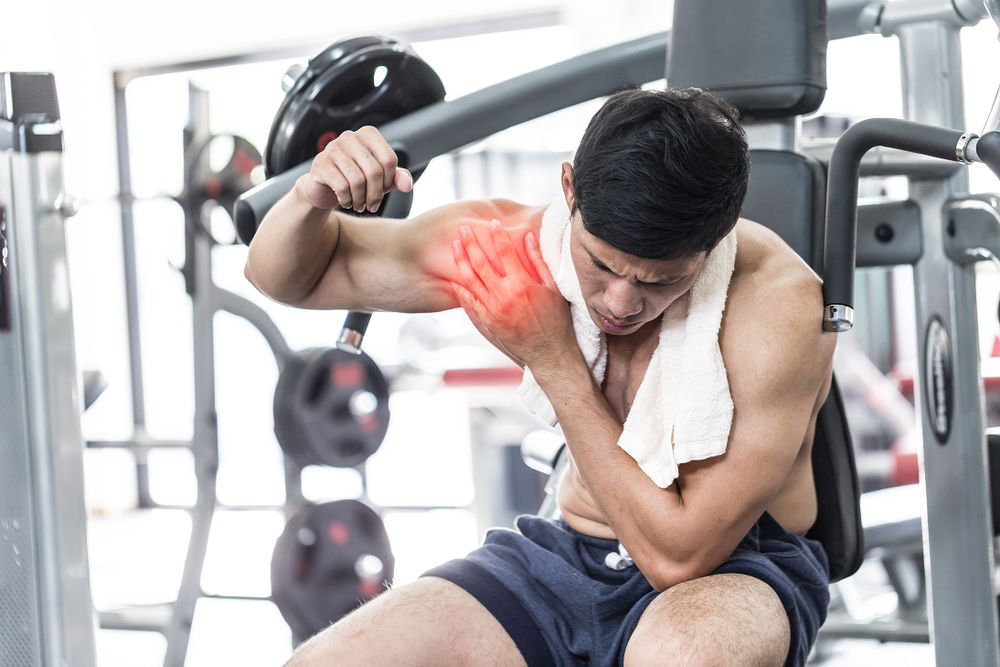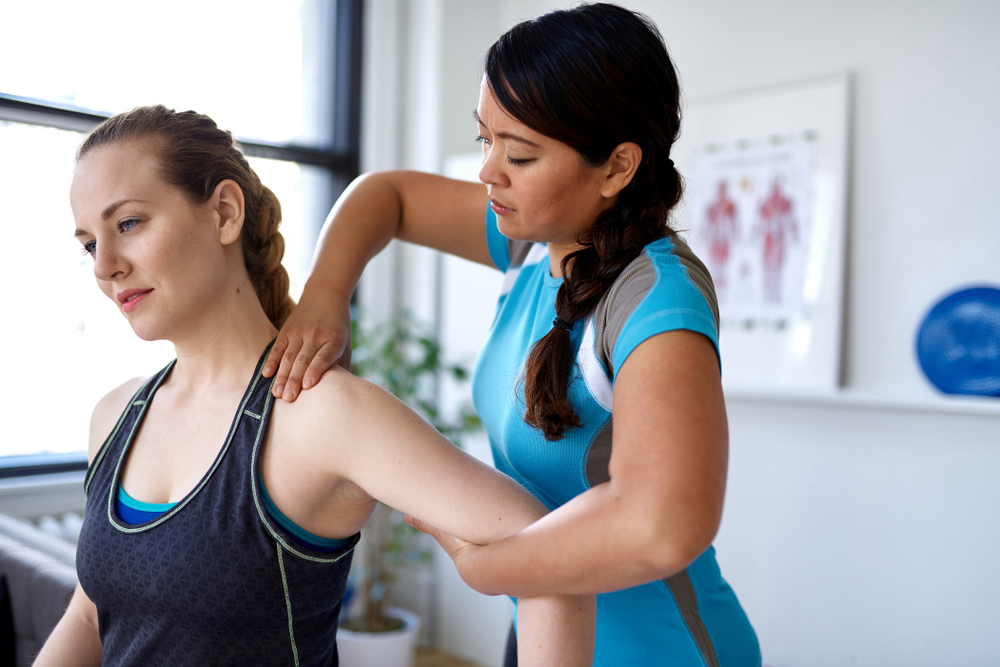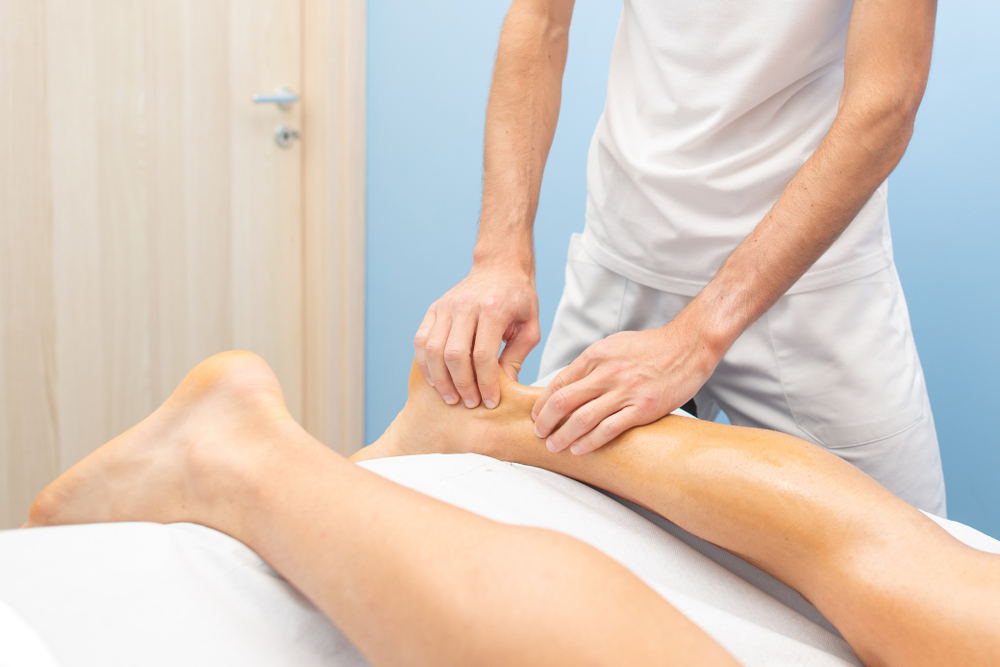The practice of sport on a daily basis provides many solutions to the problem of well-being. However, hours of training without rest, especially extreme and repetitive exercise, can lead to various injuries. Some of these are very dangerous and can affect several joints. One of these is tendonitis. What is it? How does it manifest itself? How can it be prevented or treated? Find out more about it in this article.
Tendonitis: what is it?
Tendonitis can be defined as an inflammation of tendons. That is, a rupture of the fibrous tissues connecting muscles to bones. These tissues help to transmit muscle force and favour good joints.
Known to be very painful, this injury is common among athletes. This is basically justified by over activity in the body part.
What are the main causes of this injury?
There are many factors that can lead to the development of tendonitis.
Repetition of movements
Repetition of gestures is one of the primary causes of tendinitis. It is a very common ailment among sportsmen and women who are overactive and also among factory employers who do assembly-line work. The repetition of daily gestures leads to an excessive frequency of localised friction in the same muscle.
No warm-up
The importance of warm-up sessions is known to all athletes. Designed to relax the muscles, the warm-up prepares them for more intense physical activity. Thus, athletes who tend to exercise without warming up are more likely to develop tendonitis. The same applies to stretching after a training session. Stretching also helps to maintain joint flexibility.
A sedentary lifestyle or advanced age
With age, tendons gradually lose their strength and elasticity. Hence a greater tendency to inflammation. Also, sedentary people, not used to physical effort and activity are very vulnerable to this ailment.
Dehydration
Water is the source of life and plays a very important role in the daily life and well-being of everyone. Inadequate hydration before or after sports exercises also leads to the risk of inflammation of the tendons. Muscles and tendons with low blood supply are very vulnerable and have a higher probability of injury.
Poor lifestyle or immune deficiencies
Tendons can also be damaged by smoking, poor diet, diabetes, etc. A poor lifestyle thus favours tendon injuries.
As tendon inflammation has many causes, it can also present differently and affect many joints.
What types of tendonitis exist?
The human body is made up of many tendons, so tendonitis can affect all joints and make even the simplest actions painful. Today, tendon inflammations are very common and some of them are even more common. These are:
Shoulder tendonitis
It refers to the inflammation of the tendons that attack the articulation of the shoulders. When the muscles responsible for shoulder rotation are under heavy strain, the tendons that connect them to the appropriate bones eventually irritate and loosen.
Wrist tendonitis
Refers to inflammation of the tendons between the hand and forearm. It can occur as a result of exercises involving repetitive use of the hands. The pain created by this condition can be unbearable.
Elbow tendonitis
Also known as epicondylitis, it is most often found in tennis players. It corresponds to alteration of the tendons of the elbow which allow the articulation and the movements of extension of the hand and the wrist.
Hip tendonitis
The tendons that connect the muscles and bones of the hip are also sometimes affected. In this case, it can be very painful and you may have to stop working and rest.
Knee tendonitis
This injury can result from inflammation of three tendons situated in the knee area. It most commonly affects basketball players and karate players.
Achilles tendonitis
It comes from many causes. It is often due to poor exercise, but can also be caused by metabolic insufficiency or a morphological disorder.
How to detect tendonitis?
The first signs of tendonitis can be felt after or during your sports exercises. The pain will be felt when you touch or use the affected limbs or joints. If you notice this, we advise you to see a specialist as soon as possible. This is because the pain may become acute and create a complication.
Doctors are the most qualified to diagnose tendonitis. Through physical examinations, they can determine the nature of the pain, its stage and the appropriate treatment.
How to treat tendonitis?
There are a variety of approaches to treating tendonitis. It all depends on the stage of the condition. While some of them require the approval of doctors, others are liberal and can be done without medical advice to at least relieve the pain. A good option can make the pain disappear after 3 months.
The use of anti-inflammatory drugs
This is the first thing you should do when you notice pain in your joints. You can use anice pack or apply an anti-inflammatory gel to the area. Doctors usually prescribe tablets to ease the pain and for a quick recovery. However, it is always advisable to consult your doctor before taking any medication.
Corticosteroid injections
Only doctors can decide whether or not to use them. While the procedure is successful for some people, others are less sensitive to it. Corticosteroids are not recommended for some people and can even be harmful to their health. Hence the importance of seeking medical assistance.
Surgery: the last resort
Rarely used, surgery also helps to treat tendonitis. The condition is that the tendons are severely damaged. In this case, surgery will be the only way to treat them. Fortunately, it is very rare to reach such extremes.
Physiotherapy
Allows you to gradually return to your daily routine and habits. Once the pain and swelling have subsided, you can afford the services of a therapist and proceed with rehabilitation without resorting to some medication. cryotherapy, osteopathy and herbal medicine are also natural treatment options.
Rest: a major support in recovery
In order to recover quickly from tendonitis, strict rest is required. During the treatment period, you should consent to a total abandonment of your sporting activities. Resting your tendons will allow them to heal quickly. You will then be able to return to your exercises very quickly.
Is it possible to prevent tendonitis?
Prevention is better than cure. If it is obvious that tendonitis can be cured, you will be happy to know that it can also be prevented. By following the tips and advice below, you can considerably reduce the risk of injury. This allows you to avoid relapsing or getting injured. To prevent tendonitis:
- Warm up before and after your physical activity sessions;
- Keep yourself safe during exercise;
- Take breaks;
- Keep yourself well hydrated;
- Avoid repetitive movements as much as possible;
- Don't take up a sport without prior knowledge;
If you have already suffered from these ailments, there are solutions and different approaches that can be used. Take advantage of the advice so that tendon injuries do not keep you from your favourite sports.


